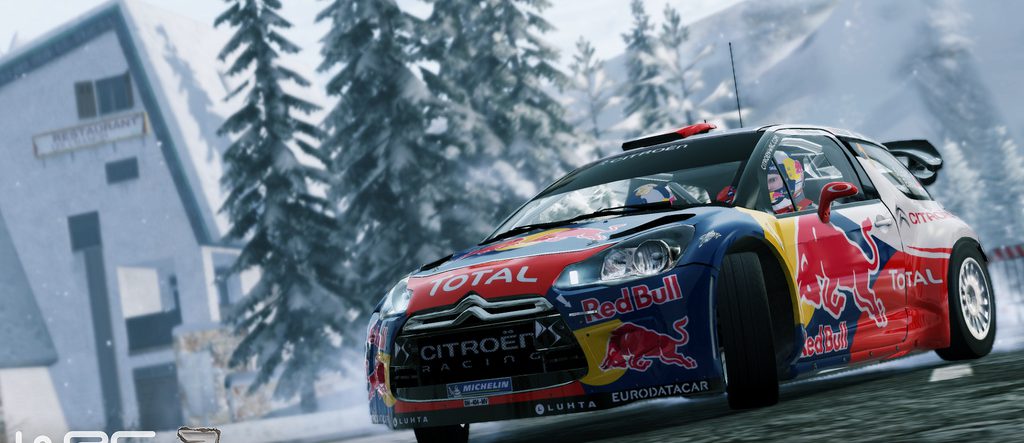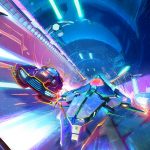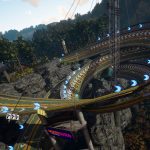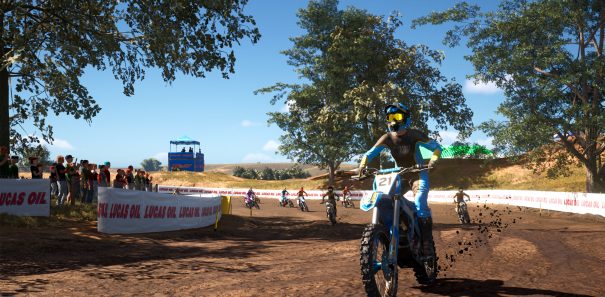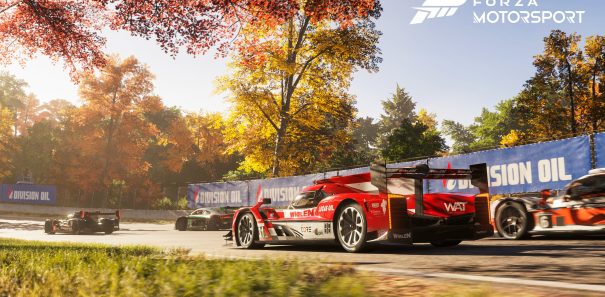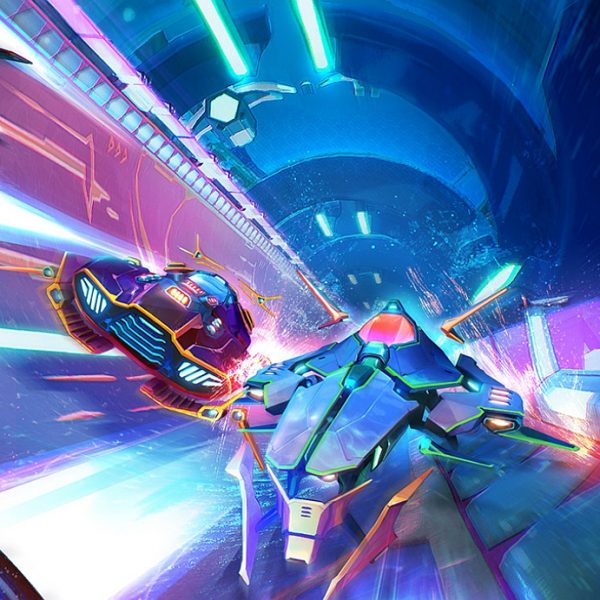Game: WRC 3
Platform: PC, PS3, PSVita, XB360
Publisher: Bandai Namco, Black Bean Games
Release Date: 12/10/2012
After the mediocre reaction to the first two WRC titles and the rise of Codemasters’ domineering DiRT series, Milestone were all too aware that, if they were to do the license the justice it deserves, significant changes were in order for this year’s sequel, WRC3.
As Head Designer Irvin admitted in the last part of our interview, by far the most commonly cited criticism towards the first two titles was the sub-par graphics. Blame it on tight development schedules and Milestone’s budget constraints, but the fact remains that, visually, WRC paled in comparison to its big budget rivals, particularly in an era where we can’t help but expect perfection when we’re accustomed to the biblically gorgeous graphics seen in DiRT and Forza Motorsport.
Don’t judge a book by its cover, however, because beneath those murky textures was a challenging, old-school rally series that could have revitalised the genre if it had better production.
Fortunately, drastic changes were indeed implemented in WRC3, and the result is a remarkably better looking game that now also plays just as good as it looks. And it’s thanks to Spike Engine.
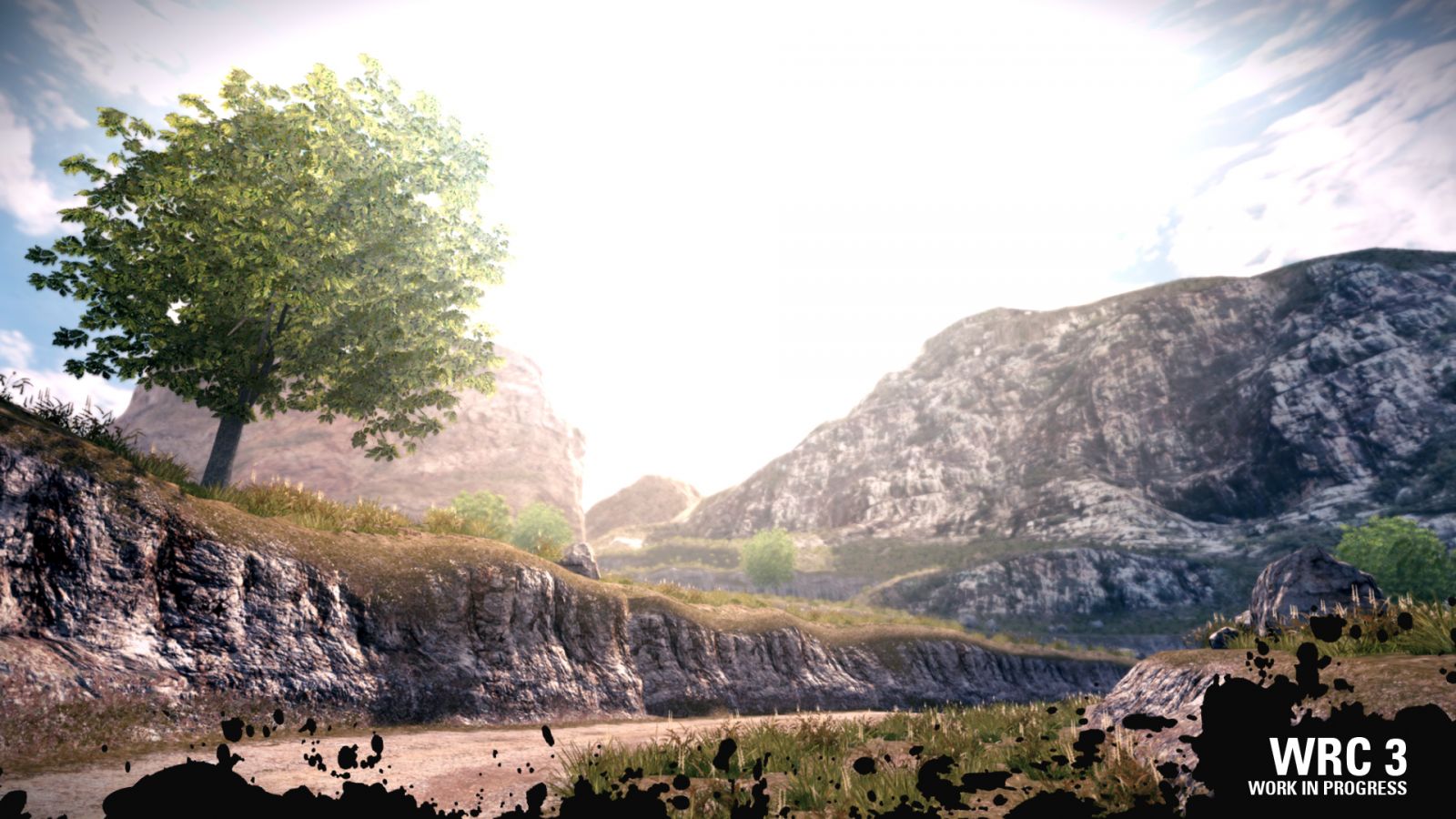
Spike Engine is the name of Milestone’s newly developed in-house engine that powers WRC3. Built completely from scratch, work began on Spike Engine during the development of WRC 2 as a result of feedback for the first WRC game, but it couldn’t be implemented until WRC3.
Lead Designer Matteo Pezzotti talks us through the design decisions that led to the development of Spike Engine and how this has effectively transformed WRC3: “The Spike Engine was developed to produce better tracks to give the player better visual effects”, he explains. “For example, the new engine allowed us to realistically replicate snow effects in our new Monte Carlo track and all the different surface effects. We also improved the effects on the car, lighting and terrain surfaces.”
To find out more about the technical aspects of Spike Engine, I spoke to Milestone’s Head of Development and Technologies and Lead Physics Programmer Stefano Lecchi, whose experience traces back to Milestone’s inception having worked on early titles such as Screamer and Superbike.
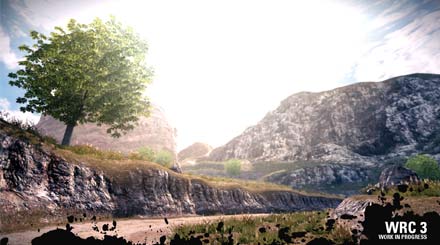 Stefano details the technology of Spike Engine that underpins what Matteo outlined: “We felt that WRC 2 wasn’t realistic in terms of how it rendered the lighting of the scenery and the car. The way the lighting works in our rendering engine was the main area we started working on with Spike Engine”, he explains. “We rewrote the whole lighting and terrain system in terms of the shading with Spike Engine to try and recreate the actual look of rocks, tarmac and gravel and the reflections of the car. The team was very passionate to achieve this – it was hard work, but we’re eager to demonstrate that we can do something that looks good alongside AAA titles.”
Stefano details the technology of Spike Engine that underpins what Matteo outlined: “We felt that WRC 2 wasn’t realistic in terms of how it rendered the lighting of the scenery and the car. The way the lighting works in our rendering engine was the main area we started working on with Spike Engine”, he explains. “We rewrote the whole lighting and terrain system in terms of the shading with Spike Engine to try and recreate the actual look of rocks, tarmac and gravel and the reflections of the car. The team was very passionate to achieve this – it was hard work, but we’re eager to demonstrate that we can do something that looks good alongside AAA titles.”
You can immediately notice the difference, too, as WRC3’s advanced lighting creates a far more realistic sheen than the overly dark filter that plagued WRC 2, whilst showcasing the significantly improved track textures.
Of course, no WRC game can truly replicate the thrill of a high-octane rally without convincing vehicle physics, and this is another key area that Milestone focused to improve on in WRC3. Matteo once again alludes to authenticity as Milestone’s goal when developing the physics: “Like in the rest of the game, we wanted to reach authenticity. We collected feedback from fans and the press in order to improve the physics – we were probably a little careless in previous titles”, he admits.
“The physics engine was developed in partnership with the teams and drivers who gave us feedback to make WRC3 as close to the real rally experience as possible.” WRC3 therefore isn’t designed as an arcade racer, but those who find WRC3’s realistic handling too demanding can tinker with the assists and activate features such as autobrakes to make it more accessible to newcomers.
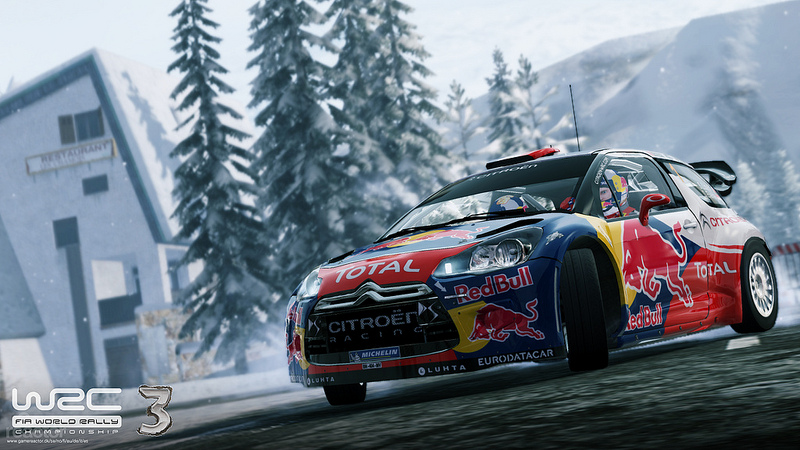 From a technical perspective, WRC3’s physics are far more advanced than that of its predecessors according to Stefano. “We weren’t satisfied with the physics for the first two WRC titles. We rewrote the tyre model and made a lot of improvements on the suspension behaviour and geometry which changes the handling. The tyre model for example allows us to create very different behaviours for different track surfaces, so it’s much easier to detect the change in handling when you crossover from tarmac to gravel, which makes driving the car more intuitive.”
From a technical perspective, WRC3’s physics are far more advanced than that of its predecessors according to Stefano. “We weren’t satisfied with the physics for the first two WRC titles. We rewrote the tyre model and made a lot of improvements on the suspension behaviour and geometry which changes the handling. The tyre model for example allows us to create very different behaviours for different track surfaces, so it’s much easier to detect the change in handling when you crossover from tarmac to gravel, which makes driving the car more intuitive.”
WRC3’s car models have also been noticeably improved, sporting a higher level of detail on both the bodywork and the interiors, along with more realistic reflections. Again, this is down to the technology powering Spike Engine: “A lot of work has been done on the way the light reflects on the car. Also, the reflections of the environment have been greatly improved since WRC 2. We have also added some HDR rendering elements in order to correctly show how the lighting works in the game”, says Stefano.
Milestone’s Lead Vehicle Artist Giuliano Lo Bocchiaro describes how this has enhanced the appearance of the car models in WRC3: “With Spike Engine we were able to really improve the rendering of the vehicles. The lighting and reflections are much better than before. We can really get great details that we already had before but didn’t stand out because the rendering and lighting was not as good as it is now. You can now fully zoom in and see all the beautiful details on the car models.”
I’m told that the actual polygon count on the car models remains unchanged since WRC 2 (around 50,000), however, so the increased level of detail is simply more visible thanks to Spike Engine.
As is the nature of the sport, and indeed WRC3’s challenging courses, it’s inevitable that even 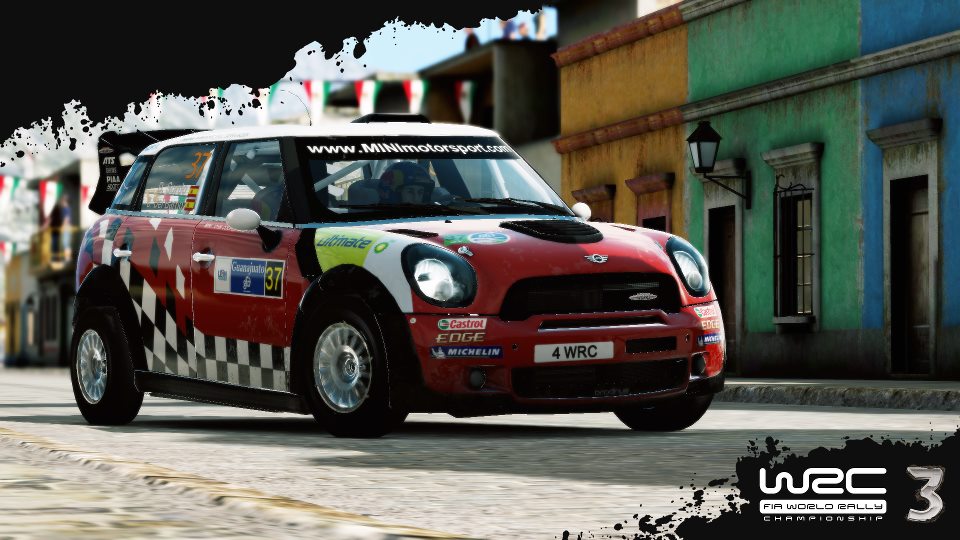 seasoned players will sometimes push too hard and end up kissing a tree, fence or wall at high speed, resulting in a spectacular crash.
seasoned players will sometimes push too hard and end up kissing a tree, fence or wall at high speed, resulting in a spectacular crash.
Again, although not as drastic an improvement as the visuals and physics, WRC3 allows you to damage the car more realistically than ever. “The damage system is a natural improvement on WRC 2. We mainly worked on how the car physically reacts to impacts and we tried to add some graphical effects such as impact particles and make parts of the car open during rollovers to make the accidents realistic and spectacular”, Stefano explains.
If you ask me, WRC’s damage modelling is one of the series’ most undersold assets – cars crumple convincingly, and repeated damage will have adverse effects on the performance of the car. Smash into an object, and the car will also deform dynamically, which is impressive for a game developed on a lower budget than its competitors.
Indeed, WRC3’s damage system is more advanced than you may initially think, too, as Stefano points out: “There is a mesh that deforms depending on the position and force of the impact along with the shape of the object you collide with. This system was already in place for WRC 2, but it has been refined and polished for WRC3 as it was not utilised to its potential.”
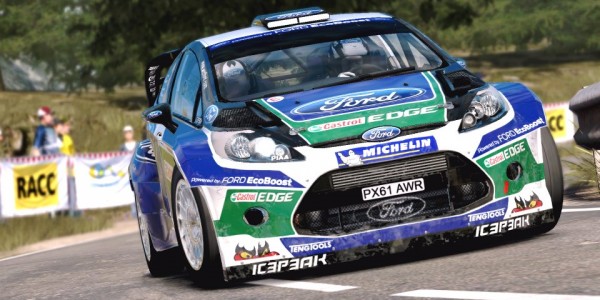
Our interview with Milestone continues next time where we’ll be talking about WRC3’s unprecedented new challenge mode and whether or not the lingering shadow of Codemasters’ DiRT influenced this new direction for the series.


